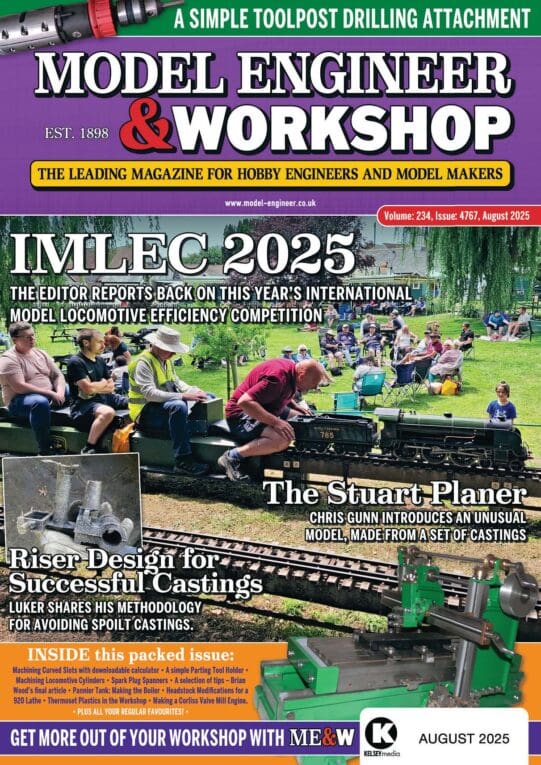Have a look at some YouTube videos on how coal fired powerstations work. They are closed cycle (except the heat lost on cooling towers) so lots of good ideas on there on how to maximise heat reclaim (and thus energy conserve) at multiple stages of the cycle.
Things like using a superheater to add maximum heat to the steam. On a model, even if it is not truly superheated to any great degree, you will have nice hot dry steam at least. And using the warm water coming out of the condenser to pre-heat make-up feed water or boiler draft air etc . Likewise using boiler exhaust flue gas heat to warm up feedwater and so on. Thus maximising efficiency. Not a lot of energy to be saved on a small model, but not a lot to waste to start with either.
Plenty of designs around for the kind of small reciprocating piston boiler feed pumps Jason refers to. As Nigel says, major reduction gearing would be required, which of course sucks up energy in frictional losses etc.
Your biggest enemy on a model might be leakage. Loss of steam and water will require the addition of makeup feedwater. So the better you can seal your turbine housing and shaft seals the better. Again, beware of frictional losses on shaft seals. The full sized ones use labyrinthe seals with no physical contact, just tiny gaps. Not sure that would work on a model size?
The other critical loss may be of steam from the condenser and contradirectionally, air entering the system and stopping the condenser from condensing steam into water. The air comes out of the water, in which it is dissolved. It is entrained with the steam and travels through the turbine into the condenser. There it accumulates and will displace the steam and stop it contacting the cool condenser surfaces and condensing into water.
Full size rigs use an air extraction pump to remove this air from the condenser. (And contrary to somewhat popular opinion, in modern systems, the air pump does not create the partial vacuum in the condenser, the 1400-times shrinkage of steam into water does that.) So you would have to have some kind of air extraction pump that did not also suck out steam. Again, no idea how this would work at model size as I only speak from experience in full sized powerstations. But it is something to look into.
Plenty on YouTube about powerstation condensers, economisers, and full cycles. As usual, some of them are even correct. Others, maybe not so much! Always look at your sources and decide how reliable they are. The videos by large power and turbine companies etc for their staff training are probably the best. Others by CAD jockeys working on their engineering undergraduate degree projects, beware!
The ultimate closed cycle steam systems are probably marine applications where they try not to dump any heat overboard for the sake of fuel economy. (The discharge from the “head” (toilets) is said to be the warmest overboard discharge on a well run ship) But with the decline of steam turbines at sea there do not seem to be so many training videos on that side of things. Plenty of old books on the subject though.
duncan webster 1.




